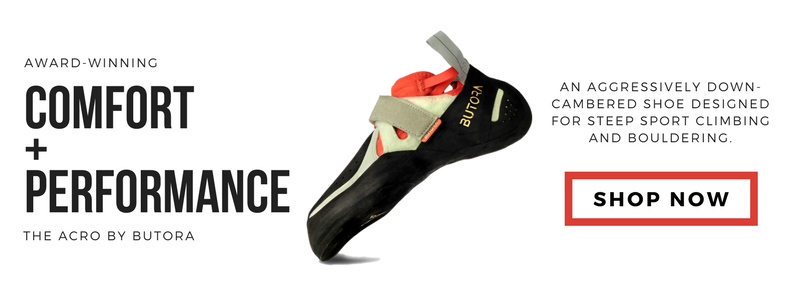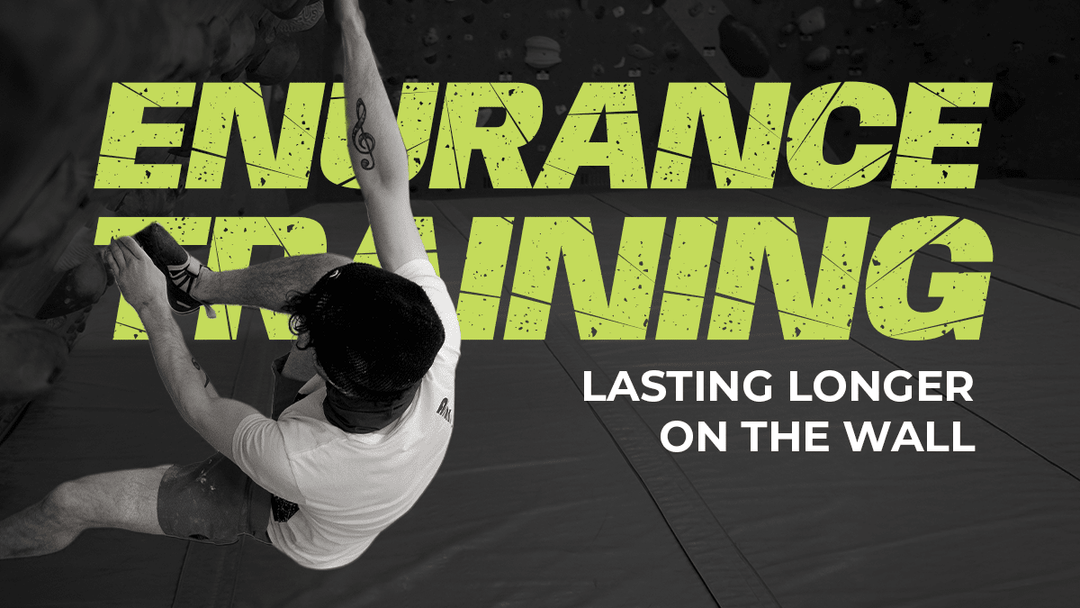Climbing Shoe Rubber: What’s the difference?

What does it mean if a shoe has a “soft rubber” or “hard rubber” on the outsole? Newer climbers may not have a rubber preference yet. Still, whether you are buying your first pair of shoes or are a veteran climber trying to find the perfect shoe after your favorite pair was discontinued, it is essential to understand the different kinds and thicknesses of rubbers used on climbing shoes. We often hear about “soft rubber” and “hard rubber” shoes from vendors and climbers alike, but what do these phrases mean, exactly? Do they even exist? Let’s clear up some misconceptions about climbing shoe rubber and talk about why paying attention to it is important.
Most of the time, when we talk about “soft” and “hard” rubbers, we are talking about the rubber type's firmness paired with the rubber's thickness. The firmness of the rubber will depend on what type of rubber the manufacturer uses, while the thickness of the rubber is a choice made according to what kind of performance they want the shoe to have. Let’s see how these relate to the type of rubber and the thickness of the climbing rubber.
Types of Rubber
Different climbing shoe companies will use different kinds of rubber to make their shoes, but every climbing shoe on the market will utilize what we call “sticky rubber.” Sticky Rubber certainly lives up to its name. It provides enough friction to keep our feet on small holds, and the rubber is durable enough to withstand months of climbing before being worn out. Remember, the “hard” or “soft” feel of climbing rubber comes partly from the firmness of the rubber used. While we could provide an exhaustive list of different companies and their climbing rubber choices, remember that they all perform slightly differently. To truly feel the differences, you’ll have to climb in different shoes with different types of rubber. So watch for shoe demos at your local gym or crag. In the meantime, here are a few things to remember about rubber types.
Firm Rubber
Shoes with firmer rubber will have a good edging ability and provide you with more support to climb for extended periods. Tight rubber is also more durable, allowing for less wear across longer and more frequent climbing sessions.

Rubber with More Give
Shoes with less firm rubber or with more give will provide more sensitivity to the climber. These shoes can grab onto small features in the rock where tight rubbers may not. Also, rubber with more give will likely have less durability but allow for more aggressive climbing.
Rubber Thickness
Climbing shoe rubber can be anywhere from 3mm to 6mm thick, and you would be amazed at the difference just 1mm of rubber can make on a shoe. 3-4mm of rubber is generally considered to be thinner, while 4-6mm is considered to be thicker.
Thinner Rubber
When we think of “soft rubber” climbing shoes, we often think of climbing shoes with thin rubber. Thinner rubber allows for much more sensitivity and is the go-to choice for many advanced boulderers as it will enable them to feel small footholds and pull with their toes, creating more friction and keeping them on the wall. On the downside, thin rubber can quickly wear out, especially for climbers still honing their footwork skills. Toe-dragging across the wall will take days of life off of your thin rubber shoes, so they are generally not recommended for beginners. Competitive and slab climbers also prefer thin rubber as these shoes typically have more flex allowing for effective smearing.
Thicker Rubber
When we think of “hard rubber” climbing shoes, we usually refer to shoes with thicker rubber. These shoes will feel stiffer, providing extra foot support for longer climbing days. In contrast, often more comfortable and durable, thick rubber shoes will not have the sensitivity or high-performance capabilities of thin rubber shoes. Most beginner shoes will be made with thicker rubber. We suggest starting with thicker rubber and working to thinner rubber as your footwork improves.
Hopefully, we have clarified what climbers mean when they say “hard rubber” versus “soft rubber” and will give you the tools to find a shoe with a climbing rubber that works for you. You need to find a shoe that fits properly and works for the climbing you want. Remember to think about shoes in terms of rubber type as they vary from brand to brand and the rubber thickness. These two attributes will contribute to the shoe's feel as “harder” or “softer,” as well as the sensitivity and durability of the shoe. Let us know what your go-to climbing shoe is in the comments below!





